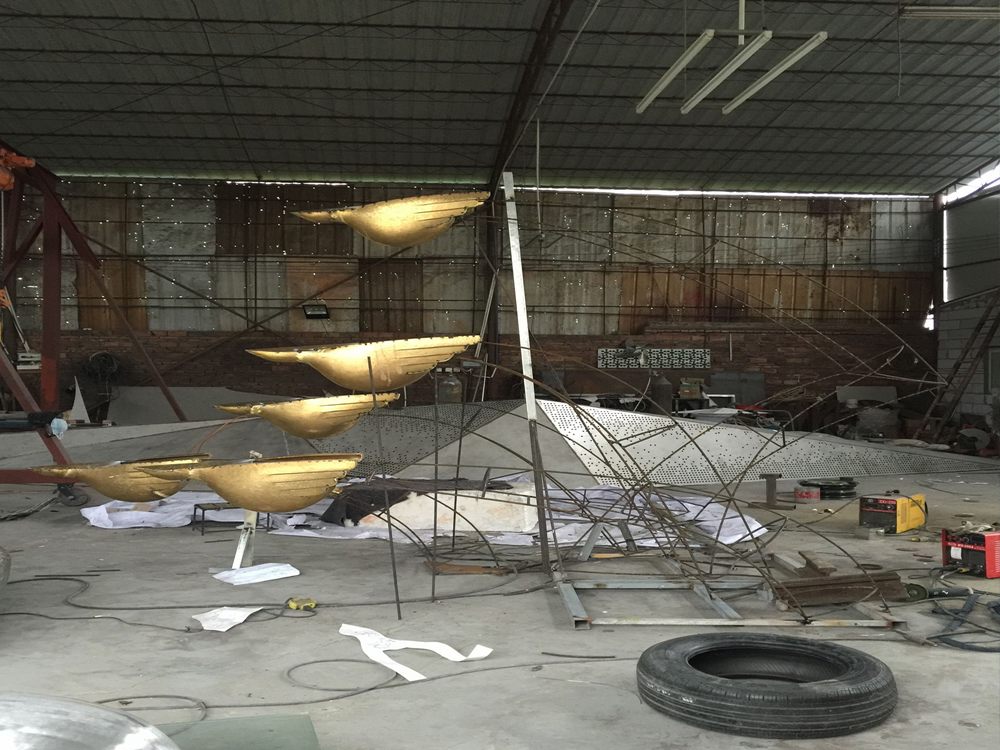
Artists masterfully employ material contrast within a single stone sculpture to evoke emotion, highlight details, and create dynamic visual narratives. By juxtaposing polished and rough surfaces, they manipulate light and shadow, enhancing the sculpture’s three-dimensionality. For instance, a smooth, refined face emerging from an unfinished stone block symbolizes the tension between human refinement and raw nature.
Techniques like undercutting or varying tool marks introduce textural diversity, guiding the viewer’s touch and gaze. Some sculptors intentionally leave natural fissures or inclusions in the stone, contrasting them with meticulously carved elements to emphasize fragility versus permanence. This interplay not only showcases technical skill but also deepens thematic resonance, turning inert stone into a storytelling medium.
Material contrast also serves practical purposes: rough areas can imply weight or age, while polished sections draw attention to focal points. Whether through color veining in marble or the granularity of limestone, artists transform geological imperfections into artistic advantages, proving that contrast is as much a conceptual tool as an aesthetic one.

